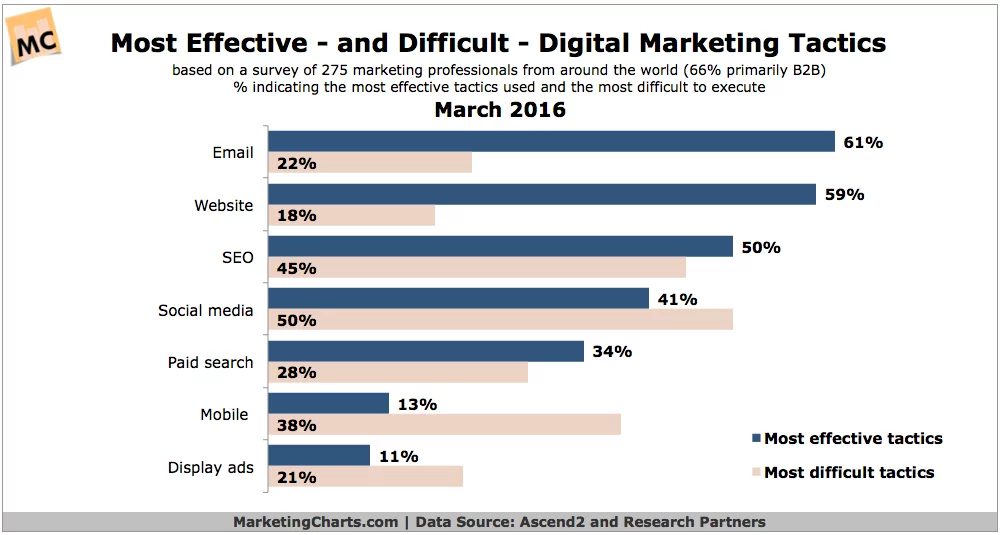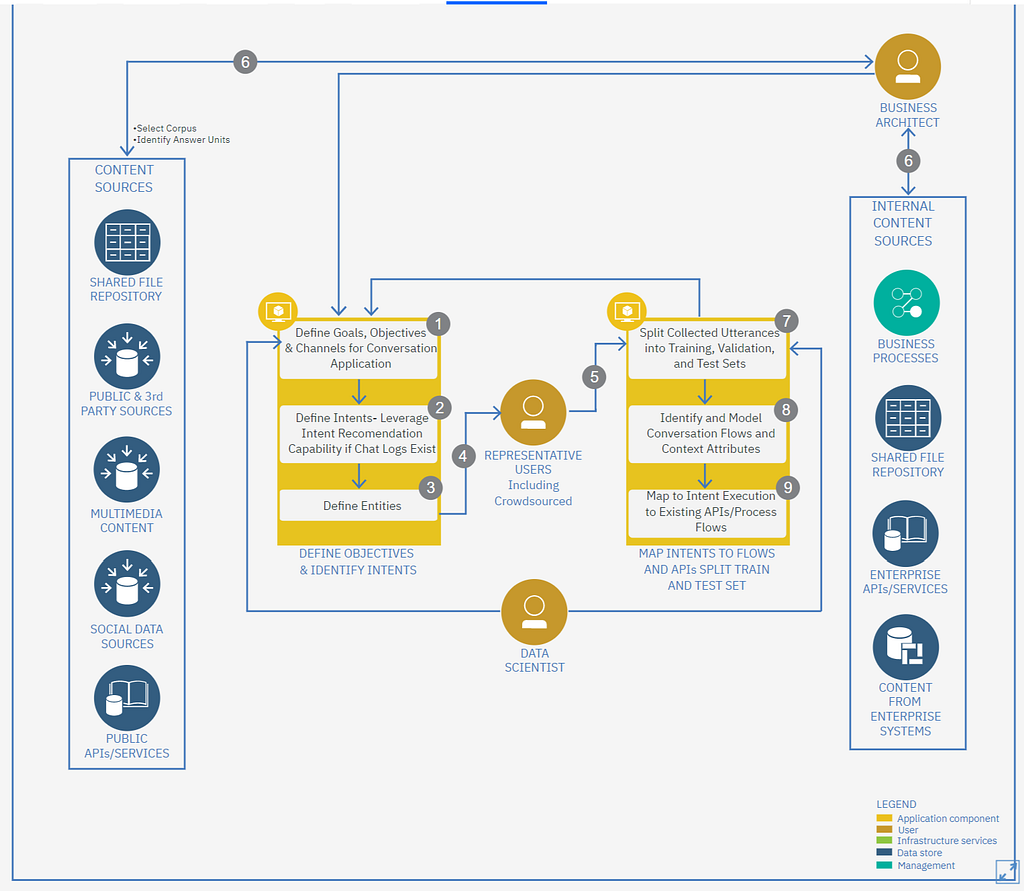
Search Engine Optimization or SEO is one of the essential aspects that can impact your website traffic. It is a process that allows your website to rank higher in the Search Engine Result Pages(SERP) and attract more visitors. According to BrightEdge, SEO drives 1000X more traffic than organic social media. So, it is not an aspect you want to miss out on, but can a chatbot make any difference?
Chatbots have been the innovation that has amalgamated advanced technologies like Artificial Intelligence, Natural Language Programming, and Machine Learning. Engaging your audiences is essential to SEO, and chatbots have enabled different ways of engagement like usage for purchases, meeting scheduling, or mail list sign-ups.
However, enhanced user engagement is just one of the many benefits that you can get by developing chatbots for your website. Here, we will discuss the advantages of chatbots for SEO and how to create one for your website? So, let’s not waste time and start right away!

Top Benefits of Chatbots for SEO
SEO is one of the most effective tools to market your services or products. As per a survey, about 50% of marketers believed that SEO could boost digital marketing campaigns. However, SEO success is not easy to achieve as there are several parameters involved.

Enhanced engagement, customer support, and even personalization are some of the most significant parameters that affect SEO. But, at the same time, a chatbot offers much more than just engagement and personalizations. Let’s discover!
Trending Bot Articles:
2. Automated vs Live Chats: What will the Future of Customer Service Look Like?
4. Chatbot Vs. Intelligent Virtual Assistant — What’s the difference & Why Care?
#1. High Availability
Whether you are a B2C business or B2B, offering 24/7 customer support is one of the most significant parts of your services. According to the studies, most customers expect companies to be available 24/7. Higher availability of customer support means that your users have the convenience of communicating at any time. In addition, faster resolutions mean better customer satisfaction.
#2. Right Resolution
Chatbots can help in delivering not just faster but the suitable resolutions. These intelligent programs are explicitly designed to resolve the problems that customers have with the services and products. SEO rankings are based on several different elements.
For example, websites with higher bounce rates can hurt SEO rankings. Bounce rates measure the percentage of users that leave a webpage without taking any action like filling a form or clicking a CTA. The best way to reduce bounce rate is by offering the content or solution that a user is looking for while visiting a website.
A chatbot can have conversations with the users through innovations like Natural Language Programming(NLP) and speech recognition. It allows chatbots to understand what users want and offer the exact content or guide them to the proper resolution.
#3. Customer Journeys
Businesses can enhance customer journeys through chatbots. One of the essential parts of the customer journey is onboarding. Your customers may know the product and even the services while interacting with your systems, but allowing them to be familiar with different functionalities can make a massive difference.
This is where the chatbots can act as a guide to the customer’s onboarding process. Enhanced customer journey means better traffic and lower bounce rates leading to better SEO.
#4. Personalizations
Personalization of services is essential to businesses and SEO. Chatbots can offer personalizations by gathering data from the users during the interactions and Machine Learning algorithm to offer recommendations. Take an example of the Jewellerybox. It is a jewelry brand that leveraged AI to increase the 80% of internal linking on their website and improve SEO.
#5. Higher Visibility
Chatbots can enhance SEO and improve the visibility of websites through better search engine rankings. One of the critical parameters for SEO is user engagement. Chatbots can be integrated into social media platforms and messengers to offer excellent user engagement. Due to higher user engagement and multichannel presence, the visibility of your website will increase.
Now that we have some idea why developing a chatbot for your website can be beneficial to SEO let’s discuss how to create one?
Chatbot for SEO: How to Develop?
Developing a chatbot for your website is not easy, and it gets overwhelming due to several options for APIs and libraries. From the interface to backend architecture and even the algorithm that will enable intelligent functions, many things are to be figured before developing a chatbot. So let’s begin with the design of a chatbot.
Chatbot Design
Chatbot design depends on different factors, and one of them is the complexity of the function you want to execute. There are two primary criteria for developing an AI-based chatbot,
- Work Complexity
- Data Complexity
Work complexity relates to the business logic and how complicated it is, and at the same time, data complexity relates to informational structure. So when you design your chatbot solution, work complexity and data complexity are essential considerations. Once you have the chatbot core design ready next important step is to create a robust architecture.
The Architecture
If you are planning to enhance the SEO of your website, the best architecture for chatbots will assist the optimization process. A hybrid architecture is a great way to build a chatbot. Such architecture has three major parts,
- Cloud Network
- Public Network
- Enterprise infrastructure
Cloud Network- The cloud network will include the heart of your chatbot- an algorithmic model. You can leverage ML algorithms to create a programmable chatbot core. The first step towards creating an algorithmic model is to prepare the data for training. Then train the model according to cumulative data. Finally, the model is tested for practical functionality and then deployed.
Enterprise Infrastructure- It includes enterprise API services that help interact with the chatbot algorithms and users through the interface. The infrastructure also has a shared repository that will accumulate content from enterprise systems. However, the most vital of all is business processes that help execute the logic designed to serve customers. It also enables integration.
Public Network-A hybrid cloud architecture will have public networks and VPC or Virtual Private Network. VPC is your cloud network where the algorithmic model resides. The public network will act as a data resource where information from social media channels, multi-media channels, and other sources are stored. It also enables API integration to third-party services like CRM software, payment gateways, and others with the chatbot algorithm.

All these significant elements need a reliable connection to execute the chatbot function, and that is where APIs come into the picture.
API Development
APIs are essential for your chatbot integration in the website. Take an example of an engaging element like exit popups that work as a means to ask your customers to either download, subscribe, or buy a service. You can use such popups to redirect customers leaving your website to chatbots that help reduce bounce rates by keeping the user engaged.
However, integrating a chatbot redirection with a UI element like popup needs a customized API that allows interaction between the frontend and backend of the algorithm.
Conclusion
There are more than 1.7 billion websites on the internet, with an average of 57600 new ones published per day. So, the competition is cutthroat, and you need a chatbot solution that can help your website not only achieve better SEO but stand out. However, what type of chatbot solution suits your project will depend on the data complexity and specific business requirements.Don’t forget to give us your 👏 !




Chatbots for SEO: do you need one for your website? was originally published in Chatbots Life on Medium, where people are continuing the conversation by highlighting and responding to this story.